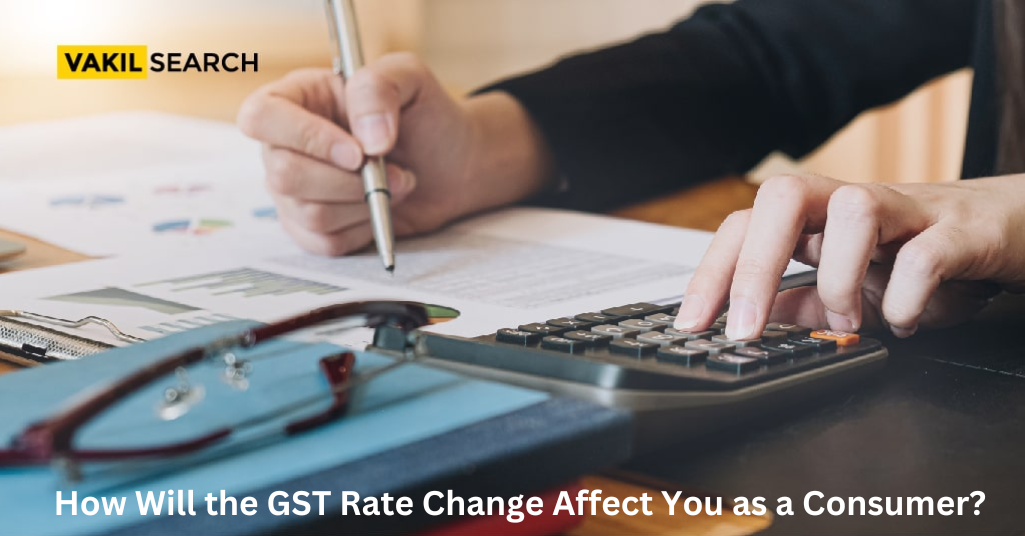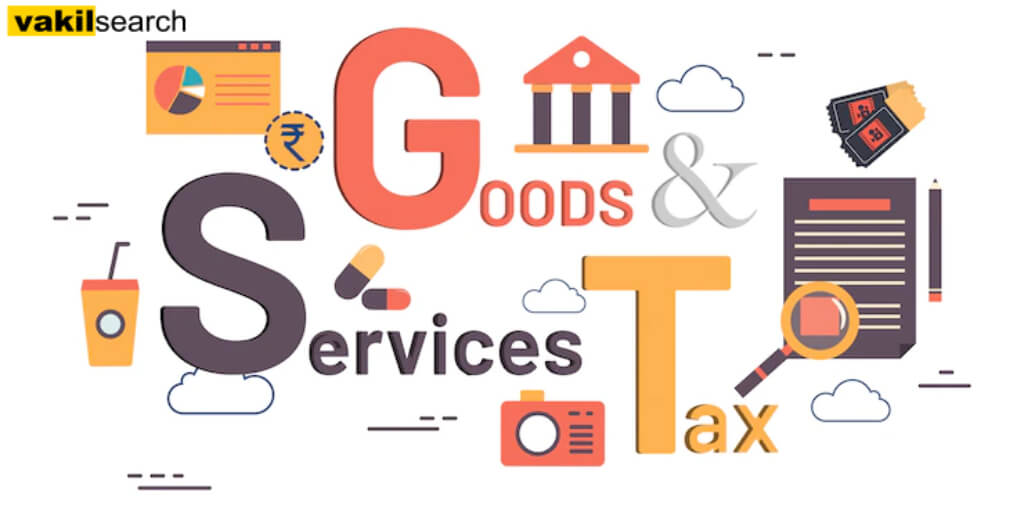The GST Council determines the rate slabs for goods and services and revises them on a regular basis. GST rates are often high for luxury items and low for necessities. In India it is separated into four slabs: 5% GST, 12% GST, 18% GST, and 28% GST. In this article we will learn about the change in the GST rates for consumers and how it shall affect them.
Since the beginning of the Goods and Services Tax, the GST council has altered the GST rate for specific products multiple times (GST) and the GST Registration Process. The most recent rate change went into effect on 27 August 2020, at the 41st GST Council Meeting. Previously, there had been a number of GST Council Meetings at which rate changes were introduced.
When and How Does the GST Rate Change?
Before any GST rate change is made, the GST Council consults the Fitment Committee. Proposed changes are then announced during GST Council meetings, and the CBIC subsequently implements the changes through a notification on their website. The notification usually states the implementation date, but if not, it will be considered the date of publishing changes in the official gazette of the Central Government.
How Will the Tax Rate Impact Consumers?
- The GST rate on cancer-related drugs was reduced from earlier 12% to 5%.
- The GST rate on retro fitment kits for vehicles used by Divyang/Persons with Disabilities was reduced to 5%.
- The GST rate on fortified rice kernels was reduced from 18% to 5%.
- The GST rate on biodiesel was also been reduced from 12% to 5%.
- No discussion was done on reversing the hike on the GST rate on footwear. Hiked GST rate from 5-12% will be rolled out from 1 January 2022. The decision was taken in the 45th GST Council Meeting in order to correct the inverted duty structure.
- The hike in the GST rate in the textile industry has been deferred from 5 to 12%. So the status quo will be maintained at 5% and hiked rates will not be rolled out from 1 January 2022.
- Every E-commerce business providing online food delivery services will be responsible for collecting tax on behalf of eateries, which will take effect on 1 Jan 2022.
- In February 2022, the Fitment Committee will examine and submit its suggestions on the following:
You can use our GST calculator to know how much GST you owe before you register.
– Examine the exempted products and services in order to broaden the tax base and prevent the ITC chain from being broken.
-Examine the inverted duty structure’s rectification. By assessing the products under the inverted duty structure, GOM is supposed to recommend appropriate rate changes in order to reduce the refund payout.
-Examine the current tax slab structure and suggest any adjustments that might result in a better and simpler tax system, such as merging tax slabs or eliminating tax slabs.
What is the Impact of GST Rate Change?
A change in GST rates creates ripples of change like a pebble cast into a pond. Imagine a sudden decrease in the GST rate on essential commodities. This ripple travels beyond the manufacturer’s balance sheets, trickling down to the common man’s wallet.
What Happens if GST Increases?
Imagine a scenario where the GST on luxury goods experiences an upsurge. Luxury car manufacturers, high-end fashion labels, and gourmet food producers, for instance, will face a huge reduction in demand. Once you complete the GST online apply form, you will receive an Application Reference Number (ARN) to track the status of your application.
Is GST a Consumer Tax?
At first glance, GST might appear as a mere transactional tax, a bridge connecting producers to the government. However, peeling back the layers reveals that GST is a destination-based tax, levied at each stage of the supply chain, from the manufacturer to the consumer.
Conclusion and Analysis:
As a result, consumer classes are burdened by higher tax slabs on a variety of fronts as a result of the existing GST rates as a result of the 46th council. The emergency meeting had just one item on the agenda. Not even the new COVID version Omicron was discussed, let alone the Centre’s recompense to the States. As a result of the new regulations, many common commodities would be subject to higher GST slabs and inverted tax structures, which would not be beneficial to lower middle-income households.
The GST Council’s decision to postpone the increase in the GST rate on textiles from 5% to 12% with effect from 1 January 2022 is commendable as it will give the textile industry the much-needed boost and support it needs in the wake of the COVID recovery economy, where a large number of small and medium-scale taxpayers were concerned. In addition, the GST rates on raw materials should be reduced from 12% or 18% to 5% if the government intends to eliminate the inverted duty structure for the textile industry.
However, there is no deferment on the GST: https://www.gst.gov.in/ rate on footwear, which will make footwear prohibitively expensive for the average person.










